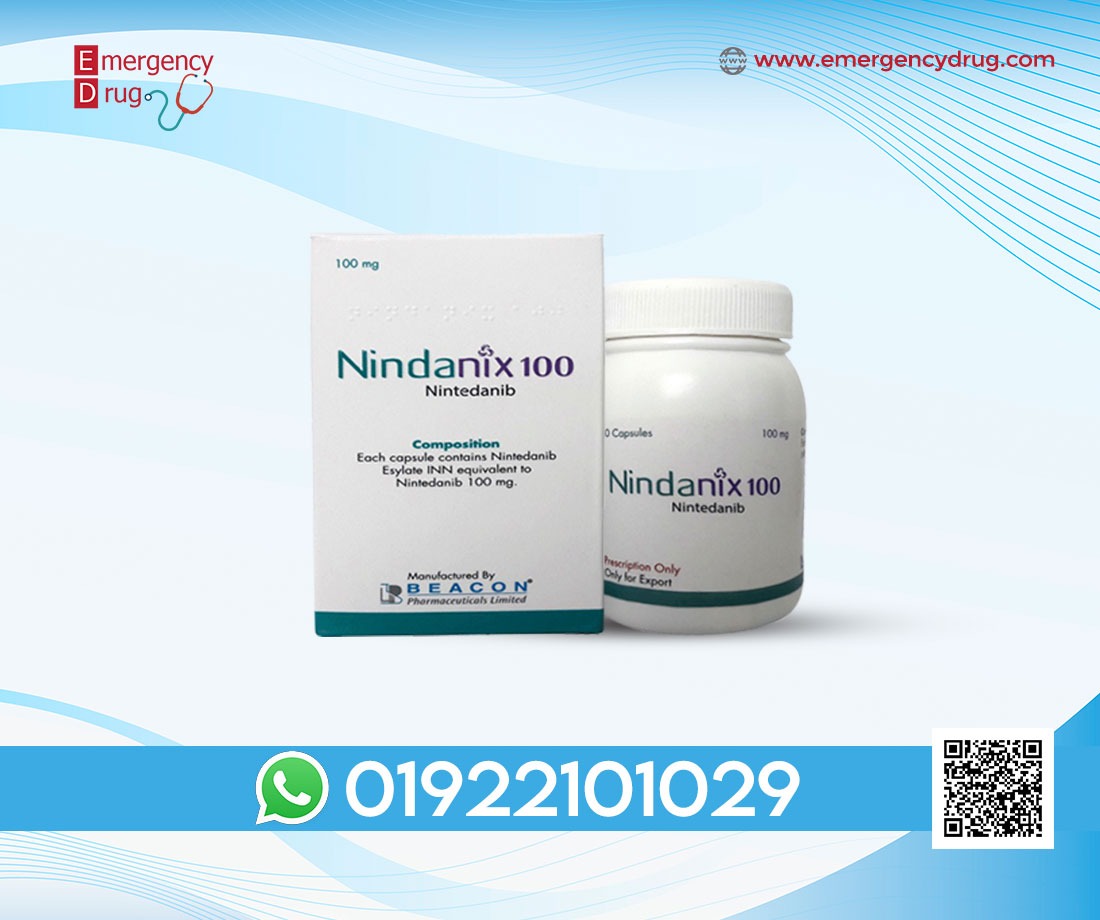
Tofacent (Tofacitinib) 5 MG
Price: $30.00
Tofacent 5 is used for treating moderate to severe rheumatoid arthritis (RA). Tofacent is xeljanz generic medicine manufacture by Incepta Pharmaceuticals Limited in Bangladesh. This helps reduce pain, tenderness, and swelling in the joints by reducing inflammation. It also slows down the degeneration of bones and joints. Tofacent 5 may be prescribed alone or in combination with other medications. It is wise to take these tablets every day simultaneously, with or without food.


Description
What is tofacitinib?
Tofacitinib is a medication used to treat various autoimmune conditions, including rheumatoid arthritis, psoriatic arthritis, and ulcerative colitis. It belongs to a class of drugs known as Janus kinase (JAK) inhibitors. Tofacitinib works by inhibiting certain enzymes called Janus kinases, which play a role in the inflammation and immune response processes in the body.
By inhibiting these enzymes, توفاسيتينيب helps to reduce inflammation and control the immune system’s response, which can alleviate symptoms associated with autoimmune conditions like joint pain, swelling, and inflammation.
Indication
- Rheumatoid Arthritis: for adults with moderate to severe symptoms who haven’t responded well to methotrexate alone. It can be used alone or with methotrexate or other similar drugs.
- Psoriatic Arthritis: for adults with active psoriatic arthritis who haven’t responded well to methotrexate or similar drugs.
- Ulcerative Colitis: for adults with moderate to severe ulcerative colitis.
Limitation of use: Tofacitinib (Tofacitinib XR) should not be used with biologic drugs or strong immunosuppressants like azathioprine and cyclosporine.
How does tofacitinib work?
Tofacitinib works by blocking certain enzymes called Janus kinases (JAKs). These enzymes are found inside cells and play a role in transmitting signals that come from interactions between cytokines or growth factors and receptors on the cell membrane. This signaling process affects various cellular activities related to blood cell formation (hematopoiesis) and the functioning of the immune system.
In the signaling pathway, JAKs activate other molecules called Signal Transducers and Activators of Transcription (STATs) through a process of phosphorylation. This activation of STATs influences what genes are expressed inside the cell. Tofacitinib works by interfering with this process at the level of JAKs, preventing them from phosphorylating and activating STATs.
JAKs work in pairs (e.g., JAK1/JAK3, JAK1/JAK2, JAK1/TyK2, and JAK2/JAK2) to transmit cytokine signals. Tofacitinib has been found to inhibit the activity of these JAK pairs in laboratory tests. Specifically, it inhibited the activity of JAK1/JAK2, JAK1/JAK3, and JAK2/JAK2 combinations with certain concentrations. For example, the concentration needed to inhibit half of the activity (IC50) was 406 nM for JAK1/JAK2, 56 nM for JAK1/JAK3, and 1377 nM for JAK2/JAK2.
Administration Instructions
Do not initiate Tofacitinib / Tofacitinib XR if absolute lymphocyte count <500 cells/mm3, an absolute neutrophil count (ANC) <1000 cells/mm3 or hemoglobin <9 g/dL.
Recommended Dosage
Rheumatoid Arthritis: Tofacitinib 5 mg twice daily or Tofacitinib XR 11 mg once daily. Recommended dosage in patients with moderate and severe renal impairment or moderate hepatic impairment is Tofacitinib 5 mg once daily.
Psoriatic Arthritis (in combination with nonbiologic DMARDs): Tofacitinib 5 mg twice daily or Tofacitinib XR 11 mg once daily. Recommended dosage in patients with moderate and severe renal impairment or moderate hepatic impairment is Tofacitinib 5 mg once daily.
Ulcerative Colitis: Tofacitinib 10 mg twice daily or Tofacitinib XR 22 mg once daily for 8 weeks; evaluate patients and transition to maintenance therapy depending on therapeutic response. If needed, continue Tofacitinib 10 mg twice daily or Tofacitinib XR 22 mg once daily for a maximum of 16 weeks.
Discontinue Tofacitinib 10 mg twice daily or Tofacitinib XR 22 mg once daily after 16 weeks if adequate therapeutic response is not achieved.
Maintenance: Tofacitinib 5 mg twice daily or Tofacitinib XR 11 mg once daily. For patients with loss of response during maintenance treatment, Tofacitinib 10 mg twice daily or Tofacitinib XR 22 mg once daily may be considered and limited to the shortest duration, with careful consideration of the benefits and risks for the individual patient.
Side Effects of Tofacitinib 5 mg tablet
Rheumatoid and Psoriatic Arthritis
- Upper respiratory tract infection
- Nasopharyngitis
- Diarrhea
- Headache
Ulcerative Colitis
- Nasopharyngitis
- Elevated cholesterol levels
- Headache
- Upper respiratory tract infection
- Increased blood creatine phosphokinase
- Rash
- Diarrhea
- Herpes zoster
Drug Interactions
Strong CYP3A4 Inhibitors (e.g., ketoconazole): It’s recommended to adjust the dosage of Tofacitinib/Tofacitinib XR when used with strong CYP3A4 inhibitors.
Moderate CYP3A4 Inhibitors Co-administered with Strong CYP2C19 Inhibitors (e.g., fluconazole): Dosage adjustment of Tofacitinib/Tofacitinib XR is recommended.
Strong CYP3A4 Inducers (e.g., rifampin): Avoid coadministration with Tofacitinib/Tofacitinib XR.
Immunosuppressive Drugs (e.g., azathioprine, tacrolimus, and cyclosporine): It’s not recommended to co-administer these drugs with Tofacitinib/Tofacitinib XR.
Use in Pregnancy & Lactation
Pregnancy Category C: There haven’t been enough studies in pregnant women to determine the safety of Tofacitinib. It should only be used during pregnancy if the potential benefits outweigh the risks to the fetus.
Breastfeeding: It’s unclear whether tofacitinib دواء passes into human milk. Considering the potential for serious side effects in nursing infants, a decision should be made whether to stop breastfeeding or discontinue the drug, taking into account the importance of the medication for the mother’s health.
Pediatric Use: The safety and effectiveness of Tofacitinib haven’t been established in pediatric patients.
Geriatric Use: The frequency of serious infections is higher among Tofacitinib-treated individuals aged 65 and older compared to those under 65. Since older adults are generally more prone to infections, caution should be exercised when treating them with Tofacitinib.










